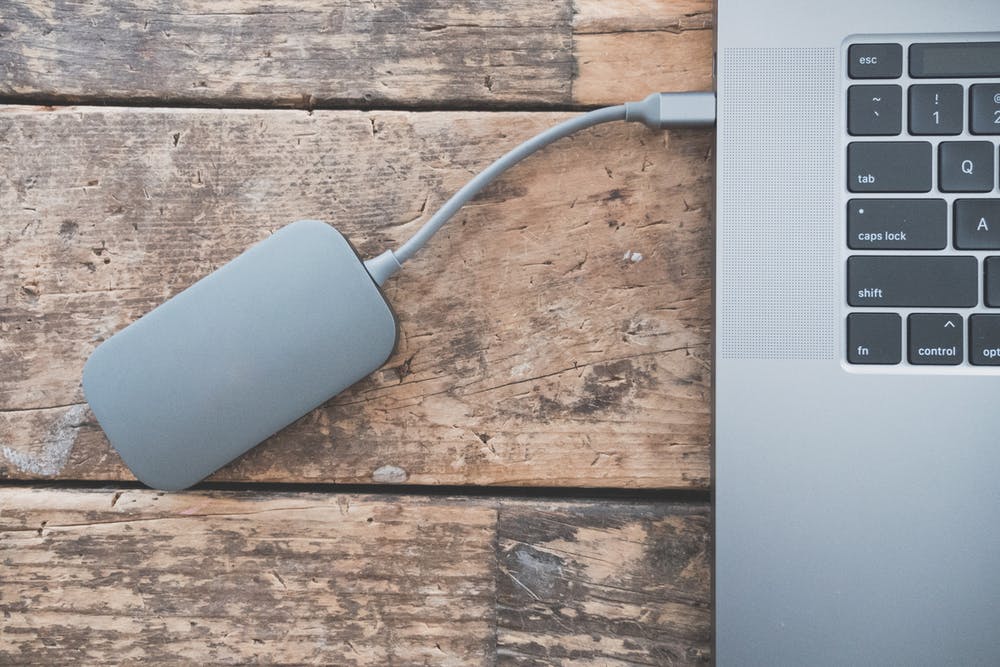
A beginners guide and first steps to recovering data from a failed hard drive
A failed hard drive can be a painful experience for any normal user as it technically means that years of hard work, important data, and personal information is gone forever. The good news is that data is recoverable in most cases depending upon the nature of the damage to the hard drive. This article aims to provide the first steps to the user to determine the level of damage and to make informed decisions for recovering the information from the failed drive either by themselves or data recovery services.
- First Steps– Relax, make sure not to overheat your “hard drive” and convince yourselves that “hard drives fail and you can recover data from them”
- Determine the nature of failure– Hard drive failures can be classified into these broad parameters
- Wrong Diagnosis– Chances are bright that the failure (generally like boot failures) are not inherently disk failures but to do with other problems in your system. The best way to determine the same is taking out the drive and connecting the same with a USB as a secondary drive in a “healthy” laptop or system and check the same. If your HD is ok you should be able to operate it without any glitches. (safe to back it up at this stage)
- Logical Failure– There is no physical damage to the drive and the error is primarily attributed to maybe a corrupt file system or wrong formatting. It is advisable to try to give it a hand yourself to recover the data if it is only a logical failure, there are numerous software available to heal your drive and will cost you far less than sending your drive to the “surgeon”. Most of the data recovery software offers a free demo which should give you a fair idea of the recoverability. Also, it is common for this software to recover data and store the same in a different fashion i.e. all files of a particular extension in a single location and may take insane amounts of time.
- Mechanical Failure– This means one of your physical hard drive components is damaged. It is advisable to send it to the pros if is a clear case of mechanical failure as chances are bright that a whole bulk of data is recoverable by them. It may set you back a few hundreds or thousands of dollars depending upon your configuration and brand.
Now that the overall first steps of the diagnostic and recovery processes are clear, make a coffee for yourself and start out to salvage your precious data.
